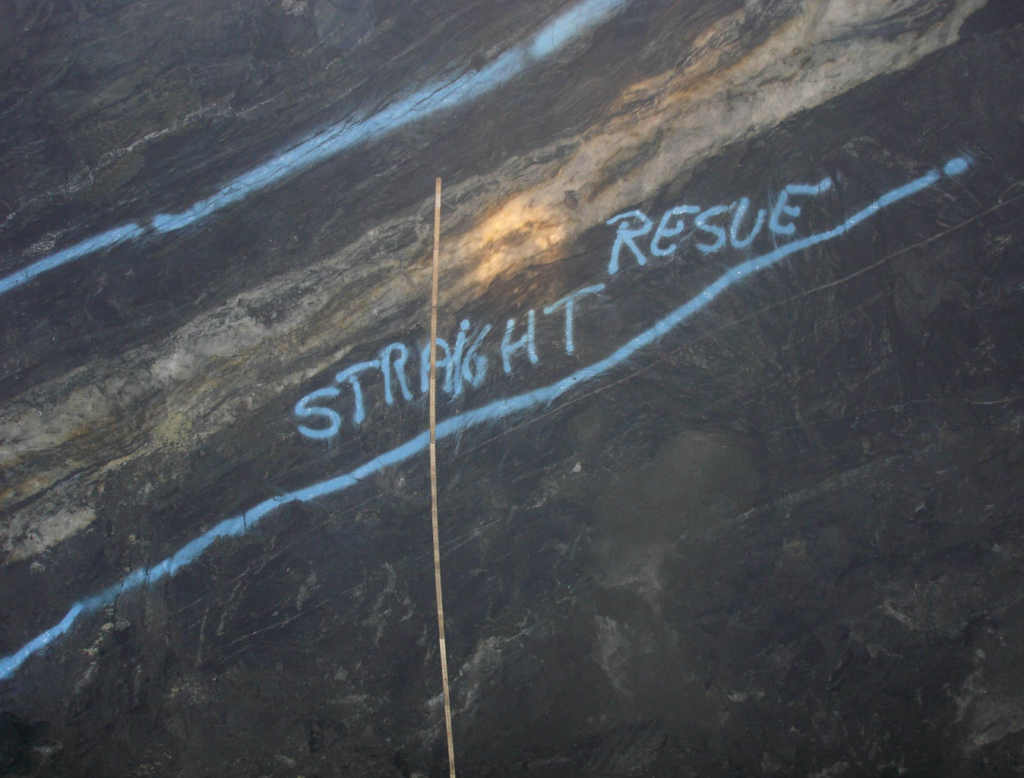Greenland-focused AEX Gold may have found an effective way to distinguish between high-grade gold-containing quartz veins and host amphibolite at its Nalunaq gold project after testing with a TOMRA ore sorting machine produced positive results.
A 500 kg bulk sample of mineralised Main Vein (MV) material, collected from the historical underground workings at Nalunaq, was used for a preliminary performance test at TOMRA’s test facility in Wedel, Germany, with the performance test report confirming that Nalunaq’s mineralised material is “highly amenable” to ore sorting technology, according to AEX Gold.
Laser sorting technology showed favourable results in the preliminary performance test, with total gold recovery ranging between 90.2% and 99.4% and with mass rejections of waste ranging from 58-62% of the incoming feed stream, the company said.
While a second test, planned for 2021, will focus on optimising the detection parameters to increase confidence in gold recovery, AEX already believes ore sorting technology, once optimised, could offer a cost-effective processing solution to supplement the company’s existing plans.
Nalunaq is a past-producing underground mine located in south Greenland. Having produced around 350,000 oz of gold between 2004 and 2009, it has demonstrated a low-cost production potential from past operations, the company says.
Redevelopment plans include developing a mining camp and ancillary facilities to establish a regional hub; carrying out 2,000 m of underground drifts into mineralisation with long hole stoping, operated by a contractor; locating a 300 t/d crushing, milling and gravity recovery plant (65-70% Au recovery) outside of the mine to provide operating scalability and store tailings for future re-processing; refurbishing an existing, permitted leaching plant, located underground, to increase gold recoveries to 95% once free cash flow positive; and adopting new technologies to improve recovery, reduce dilution, and minimise processing costs.
Eldur Olafsson, CEO of AEX, said: “Ore sorting has the potential to be a cost-effective solution for processing Nalunaq’s mineralised material. We are pleased to continue progressing on the development of the Nalunaq project by involving industrial cutting-edge technologies in our development strategies.”
Gold at Nalunaq is mineralised in a MV, which averages 0.7 m in width and exhibits a typical ‘nugget effect’. Past mining operators have used a combination of selective resue mining and conventional long hole stoping, which resulted in an average true mining width of 1.2 m, according to the company.
“Therefore, the mined material includes a significant quantity of amphibolite host rock (devoid of gold and considered as dilution),” the company said. “It is anticipated that ore sorting could be effective at Nalunaq due to the contrast in density and colour between the high-grade gold-containing quartz veins (white) and host amphibolite (dark grey).”











